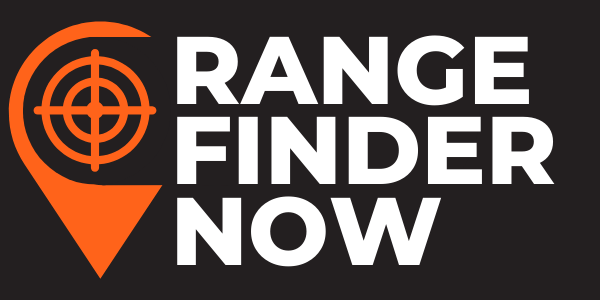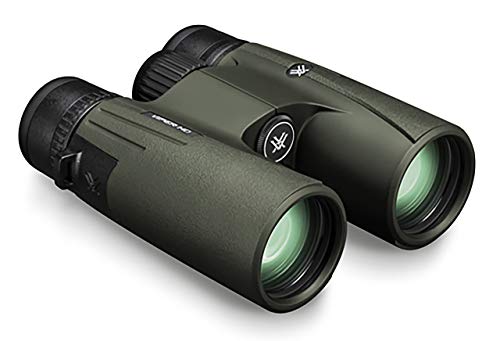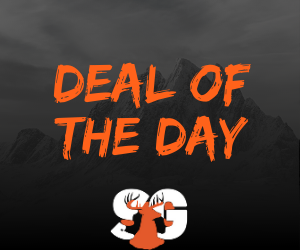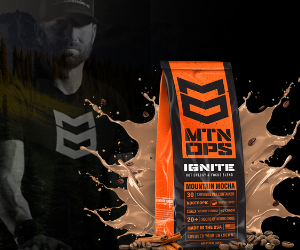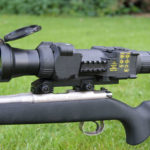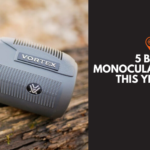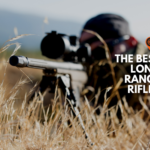Pheasant hunters often cover quite a bit of ground in less than desirable weather across much of the United States. Having the right gear for you and your dog is essential to a successful hunt. Pheasant hunting gear needs to be durable enough to withstand even the toughest hunts, light enough to be carried on an all-day hunting trip and functional enough to fill your bag with ringnecks.
Some things you won’t find on this list are the best guns and ammo choices for pheasant hunting, but those are topics for another article.
If you’re looking to find the right gear for your pheasant hunt, we’ve listed 7 of the most essential items a pheasant hunter can own and why you should employ them in your pursuit of America’s favorite game bird.
Pheasant Hunting Gear Guide
Let’s start it off with the obvious…
Orange Hat or Cap
Starting at the top, I believe it’s essential for pheasant hunters to wear as much orange as you can, especially on your upper body which will be in view of other hunters. Having enough orange on your head to catch the peripheral vision of someone raising their gun to take a shot could be the difference in you buddy holding off on a shot or a terrible hunting accident.
I like to carry a headband that can cover my ears on those cold windy days.
Regardless of your preference in which style of hat you wear, make sure it has some orange on it. Your head is likely the first thing most pheasant hunters will see in the field and you don’t want to blend in too much with your surroundings.
Polarized Sunglasses and Hearing Protection
I’ve had some old-timers scoff at the idea of wearing sunglasses on a hunt, but when you’re out in the field all day, the glaring sunlight can take a toll on your vision. I like to get a pair of polarized sunglasses, which I wear mainly when the sun is overhead from mid-morning to late afternoon.
As you might expect, wearing a shade too dark will hamper your ability to spot birds in some conditions, so I opt for a lighter shaded pair of sunglasses.
If you do a lot of pheasant hunting and plan on being able to hear in your old age, it’s a smart idea to pack some earplugs as well.
Binoculars
If you plan to hunt some of the wide open upland prairies of the United States, a binocular can be one of the most effective tools at your disposal for hunting pheasants. I like to carry a lightweight, but powerful pair of binoculars and take a minute to look around when I get to a high spot.
For some pheasant hunters, binoculars might seem like a useless piece of equipment to carry—especially if you’re already packing plenty of gear. You don’t want to weigh yourself down with too much, but a lightweight pair of binoculars can truly impact a hunt.
Binoculars, like most hunting equipment will vary in quality and you get what you pay for. If you can’t afford a decent pair of binoculars, you’d probably do yourself a favor by not carrying any at all.
These are the #1 ranked binoculars for the price.
Utility Backpack or Vestpack
For many other types of hunting, you can get by with a simple, traditional-style backpack, but in pheasant hunting, it’s essential to make sure your arms are not overly impeded by loose straps. Make sure your vest pack fits accordingly and has a buckle to go around your waist as well so it won’t move around when you are trying to shoot or move in on a bird.
Carrying a vest pack is going to be the most comfortable—and the least restrictive when it comes to raising your shotgun to take a shot. I like to go with a vest pack that features a wide belt and another strap across my chest to keep the bag and it’s contents from moving and swinging around when walking or shooting.
This bag is more or less for your shotgun shells and other essentials, as well as your odds and ends stuff that you should think about carrying into the field for those “just in case” situations. A Leatherman, or other brand multi-tool is always needed, as is a knife, compass, and of course, toilet paper. And, of course, you’ll need plenty of room in the side pockets to stash your bids.
I also like to keep all of my gear for my dogs in my vest pack as well. Extra collars and batteries are essential, but it’s important not to load yourself down with too much gear. Remember, you’re going for a hunt, not a hike.
The best hunters I’ve ever known have somehow seemed to barely carry anything with them into the field. I believe this is partly due to the fact that they are skilled at keeping their gear compact and packed away in a manner that doesn’t interfere with their shooting ability.
Hunting Dog Gear
When I take to the field, I think as much about what my dogs will need as I do about what I’ll need for myself. Take care of your dogs, and they’ll take care of you. If you’re hunting property that features plenty of briars and barbed-wire fences, be sure to get your dog a vest to help them avoid suffering cuts and gashes. I’ve seen dogs terribly cut by barbed wire nearly bleed to death simply because they were so driven to hunt. Fitting your dog with a vest will help you avoid those kinds of injuries and might even save you a veterinarian bill over time.
Water is likely the most essential thing you can carry for your dogs, especially if you’re hunting in warm weather. You can purchase a variety of different water bottles that are designed to be toted for long distances on foot, or you can simply opt for the old-fashioned milk jug tied to a rope. Either way, be sure to bring enough water for your dog.
A good tracking collar is essential if you plan on making sure you make it back to the truck with your dog. Pheasant hunting involves sometimes covering many miles of open land and fields and a dog can easily roam out of range. Without a tracking collar, you could lose your hunting dog and that means losing all the time and money you’ve invested in training them as well.
Another item you’ll need for your dog is a collar that displays their identification and your name and contact information. Even the most loyal hunting dogs can get lost in the field and making sure whoever finds them can properly return them to you is as simple as having a tagged collar.
Related: How to Train a Pheasant Dog
Clothing Essentials
Be aware of the weather situation and dress accordingly to stay as comfortable as possible in the field. Wool socks are almost always a must, but the most important item of clothing—in my opinion—is a tough pair of brush pants that can withstand many trips through briars and other thick underbrush.
If you’ve been on enough pheasant hunting trips, you already know that having ample protection for your legs is crucial to the hunt. This is one thing I would recommend not skimping on as quality will certainly equal comfort. You can sometimes get by with wearing jeans if you can find a good pair of chaps to go over them that will protect your legs.
I prefer to wear a lightweight jacket for most days, but if the temperature is low enough and you’re hunting in blustery winds, be sure to wear thermal underwear and a jacket that’s designed for pheasant hunting. Purchasing an upland jacket might cost you more upfront, but these jackets are designed with the needs of pheasant hunters in mind and will help keep you warm and dry on those long, cold days.
One thing I always carry are shooting gloves. Having an average pair of gloves is not the best choice when pheasant hunting. It’s imperative that your gloves keep your hands warm and protected, but are not too bulky as to prevent your ability to fire or hold your gun properly.
Whatever your choice of clothing, always be sure to wear plenty of orange. Choosing safety over style is wise, and as mentioned above, having on plenty of orange could save your life in many situations in the field.
Lightweight Boots
Lastly, I believe a good pair of boots are an important part of your pheasant hunting gear arsenal. I like to wear boots that are both waterproof and as lightweight as possible. Wearing a heavy pair of boots can sometimes keep your feet more insulated, but a light pair will keep you from being worn down being on your feet all day across a wide variety of terrain.
Making sure your boots fit properly is key as well. Nothing will ruin a hunt faster than developing a few blisters on your feet—especially if you’re on day one of a multi-day hunt.
Related: How to Hunt Pheasants: Beginners Guide
Conclusion
Well, that’s everything you’re going to need to go pheasant hunting! Hope you found everything you needed and have fun!
